7 No Mow May alternatives to attract pollinators to your yard
Support biodiversity and encourage wildlife into your garden

Abandoning your lawnmower for a month and participating in No Mow May isn’t for everyone. Perhaps you have a small backyard and don’t have a lawn, local HMO restrictions may prevent you from taking part, or you may not like your patch looking unruly.
The idea behind No Mow May is to encourage gardeners to give up mowing their lawns for one month to allow the flowers to grow, which provide rich food for pollinators. So, while you may not be keen on seeing dandelions and clover in your lawn, the bees love the nectar and pollen.
Whatever your reason for not taking part, you can still support the campaign and encourage pollinators into your yard without leaving your lawn untouched. We spoke to Amy Enfield, senior horticulturist at ScottsMiracle-Gro, to find out her top tips on supporting early-season pollinators while maintaining the perfect lawn.
Also, you may be interested in Is No Mow May worth it? What I learned from taking part.
Why encourage pollinators into your yard?
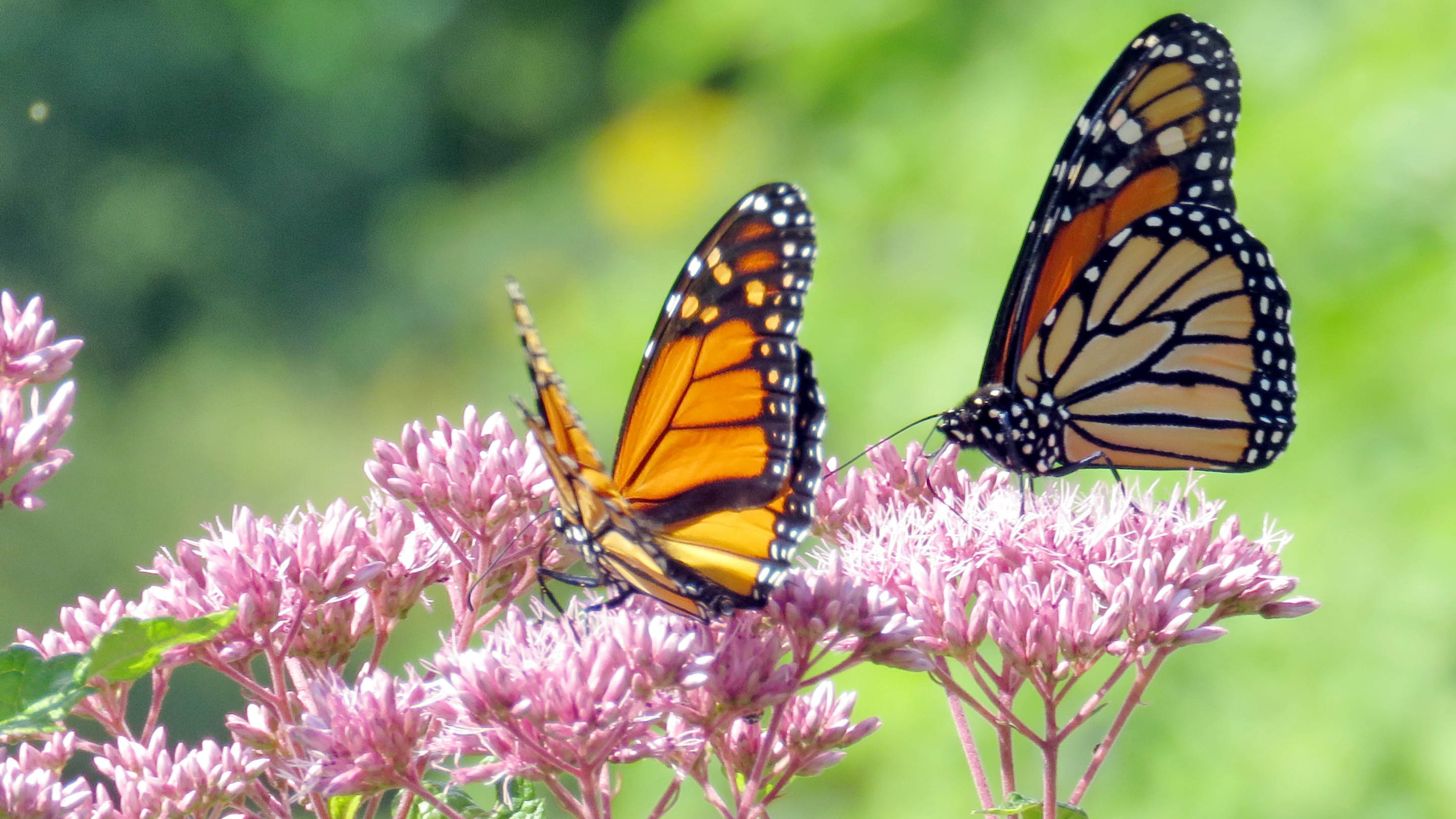
There are many reasons why encouraging pollinators into your backyard can benefit the environment. Enfield says, “Pollinators play a crucial role in promoting ecosystem health through plant reproduction, facilitating food production, and promoting genetic diversity and more. Common pollinators like butterflies, hummingbirds, and bees contribute to these essential processes and add a delightful charm to your garden.“
By choosing the right plants, you will be filling your landscape with the plants they love. Enfield says, “Your green space transforms into a vibrant tapestry of color, bursting with blooming plants, abundant fruits and vegetables, and a lively spectacle of colorful, joyful activity.”
Pollinating plants — the do’s and don’ts
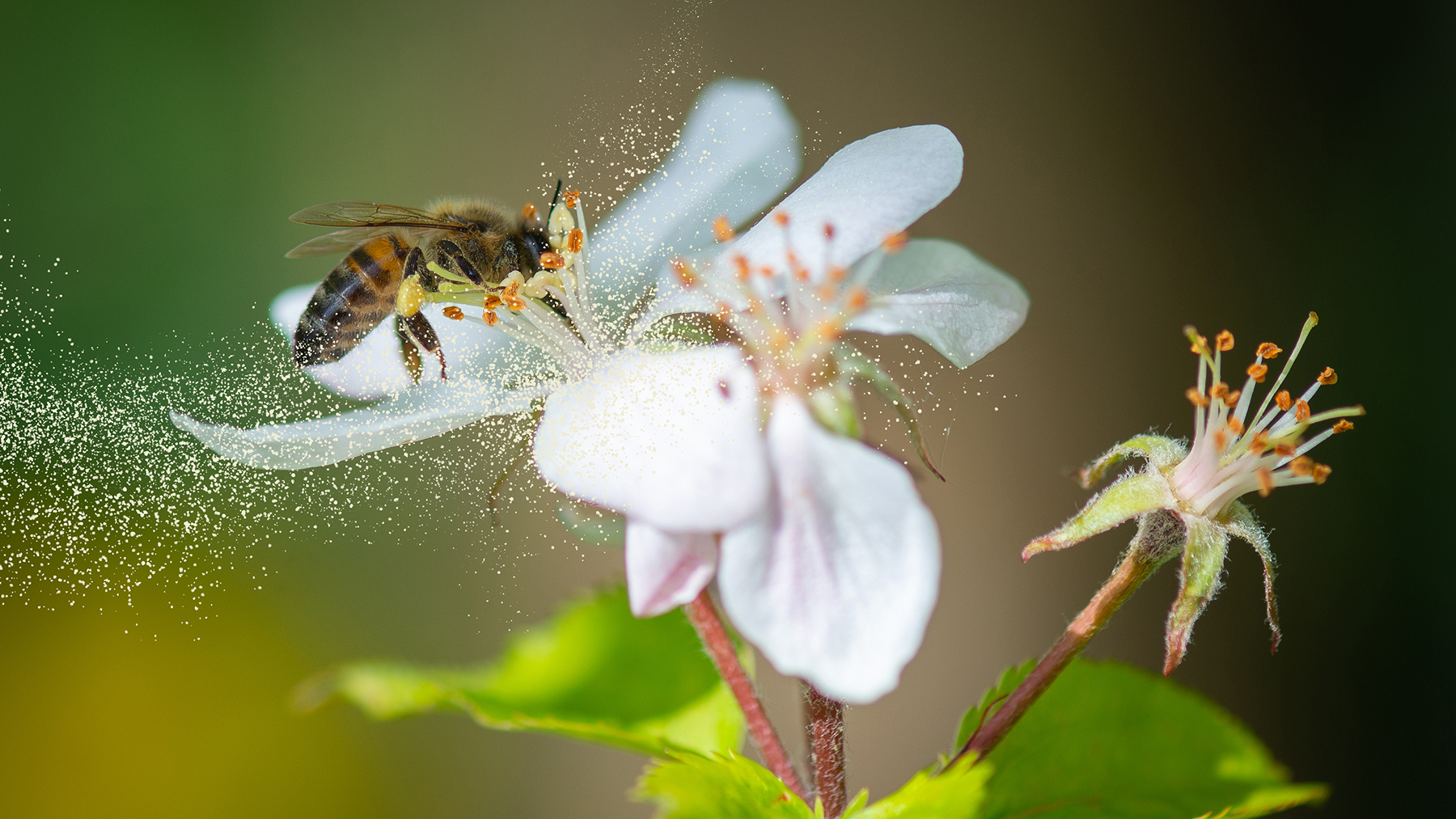
There are plenty of pollinating plants to choose from, which Enfield suggests can be worked into existing planting beds, such as raised beds, herb and vegetable gardens, or containers. However, she warns to avoid the following two mistakes when buying plants as pollinators, as they won’t be of much help.
Get instant access to breaking news, the hottest reviews, great deals and helpful tips.
“Avoid double-flowering plants that make it difficult for the pollinators to reach the pollen and nectar,” she says. Although we may see double-flowering plants with abundant petals as attractive, the nectar can be hidden, or might not exist.
Enfield also warns against some hybrid flowering plants bred not to produce pollen — making them useless to pollinators.
What is the difference between pollen and nectar?
Bees feed on sugary-rich nectar that gives them plenty of energy to carry out their daily lives. It’s a combination of sugar and water that’s full of carbohydrates. Pollen is another food source that contains protein and other nutrients, but it also pollinates other flowers. Bees collect the sticky pollen from stamens on male flowers to feed their young, but some get dropped onto other flowers during their flight home and pollinate them.
1. Choose flowers to attract pollinators
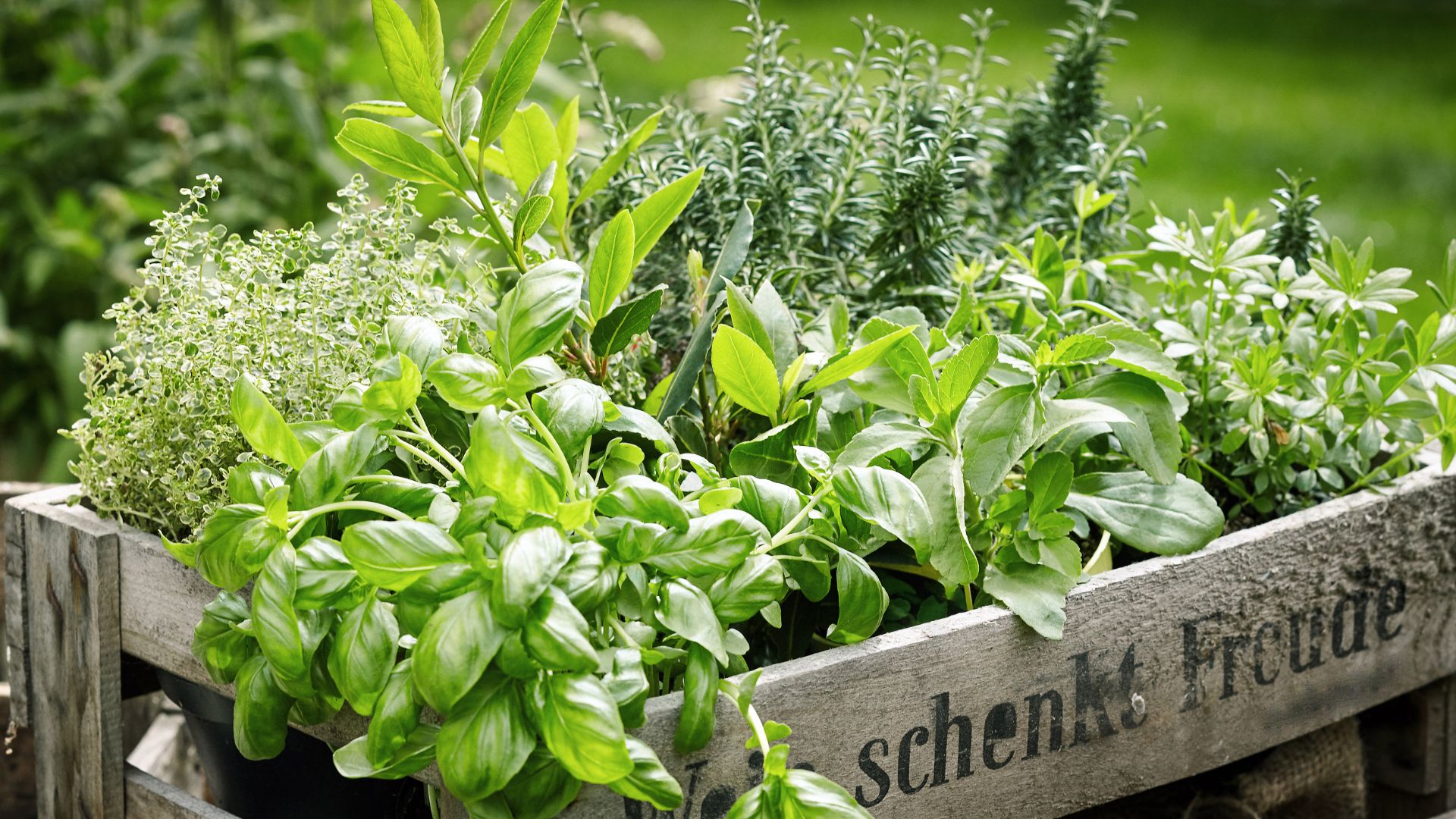
From flowering herbs to daisy-like flowers and bee balm, there are plenty of flowers to attract bees into your backyard.
Flowering herbs
“Some herbs like lavender and borage are grown for their flowers, but allowing other common garden herbs like basil, oregano, cilantro, rosemary, and thyme to go to flower is also a great way to attract pollinators,” explains Enfield.
The fragrant flowers of lavender are like magnets to bees, with Enfield adding, “It produces an abundance of nectar and pollen; plus, once it’s established, it’s relatively low maintenance.”
She also recommends the low-growing herb thyme, with its small fragrant flowers that attract bees and other pollinators. I can never resist rubbing tiny leaves between my fingertips to release the beautiful scent. Similarly, rosemary, with its delicate blue flowers is also popular with bees and butterflies. “It thrives in sunny, well-drained locations and adds both visual and culinary appeal to the garden,” she adds.
Daisy-like flowers
The center of daisy-like flowers forms a perfect landing pad for bees and butterflies, making them hard to miss! There are plenty of daisy-like flowers to choose from, with Enfield suggesting asters, sunflowers, coreopsis, coneflowers, and zinnias.
Apart from brightening up your garden, the yellow blooms of sunflowers will attract bees. “Sunflowers produce plenty of pollen and nectar, especially the varieties with large, open faces that are easily accessible to pollinators”, explains Enfield.
Zinnias also add a burst of color to your yard with their red, orange, pink and yellow tones that attract bees, butterflies and hummingbirds. “The single-petaled flowers produce more nectar that is more easily accessible than the double-flower types,“ says Enfield.
She also recommends planting asters later in the season when other pollinator food sources have become scarce. Native to North America, she says, “Asters are particularly important for monarch butterflies who will feed on the nectar as they prepare for their migration south.”
Bee balm
Bee balm, known by its botanical name Monarda, is a favorite among bees, hummingbirds and butterflies. It has nectar-rich, fragrant tubular flowers in red, purple, pink and white.
2. Mix it up

Not all colors have the same effect in nature, as different pollinators are attracted to different flower colors. “Bees prefer blue, yellow, white, and purple flowers,” says Enfield, while “Hummingbirds are attracted to red tones, and butterflies favor red and blue blossoms.”
So, what does this mean for your garden? “Planting a variety of flower colors and flowers that bloom at different times throughout the growing season ensures there is always nectar available for visiting pollinators.”
3. Plant large groupings of blooms
Just like daisy-like flowers with their large centers, big groups of flowers make it easier for pollinators to find pollen. Enfield suggests planting pollinating flowers in groups of at least 3-5 plants to make life easier for the bees and butterflies.
4. Include native plants
Bringing native plants into your yard helps to restore biodiversity. “Not only do native plants attract pollinators, they also tend to be less susceptible to pests and diseases, which means you’ll need to apply less control products to keep the plants happy,” says Enfield.
She also recommends checking with your local extension office to learn about native plants in your area.
5. Don’t forget about “immature” pollinators
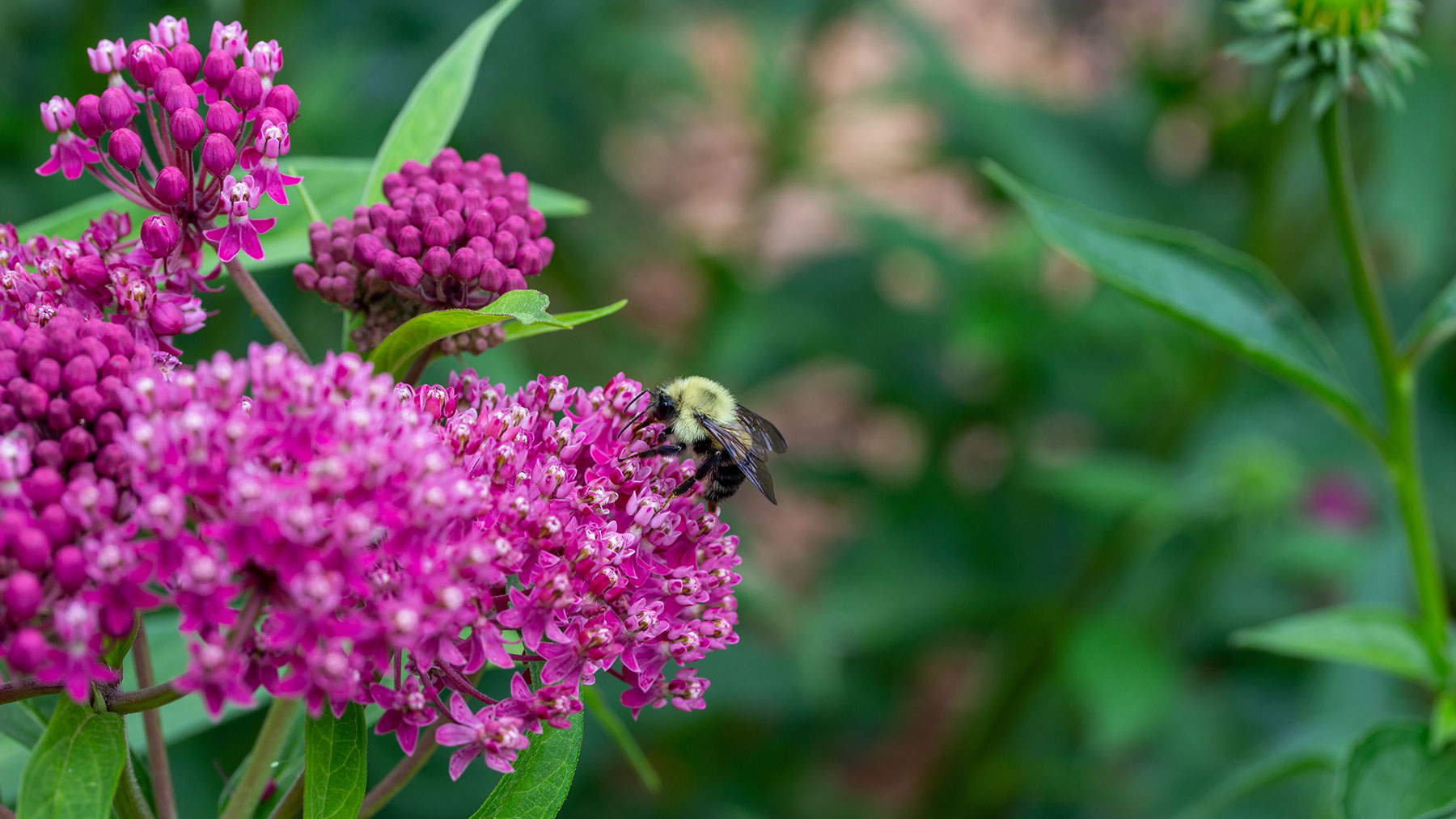
“To keep pollinators, in particular butterflies, around your garden,” says Enfield, “don’t forget to include plants that the caterpillars like to eat and grow on.”
She recommends including milkweed in your garden beds for monarch caterpillars, while swallowtail butterflies will lay their eggs on carrot, dill, and parsley leaves.
6. Provide water sources
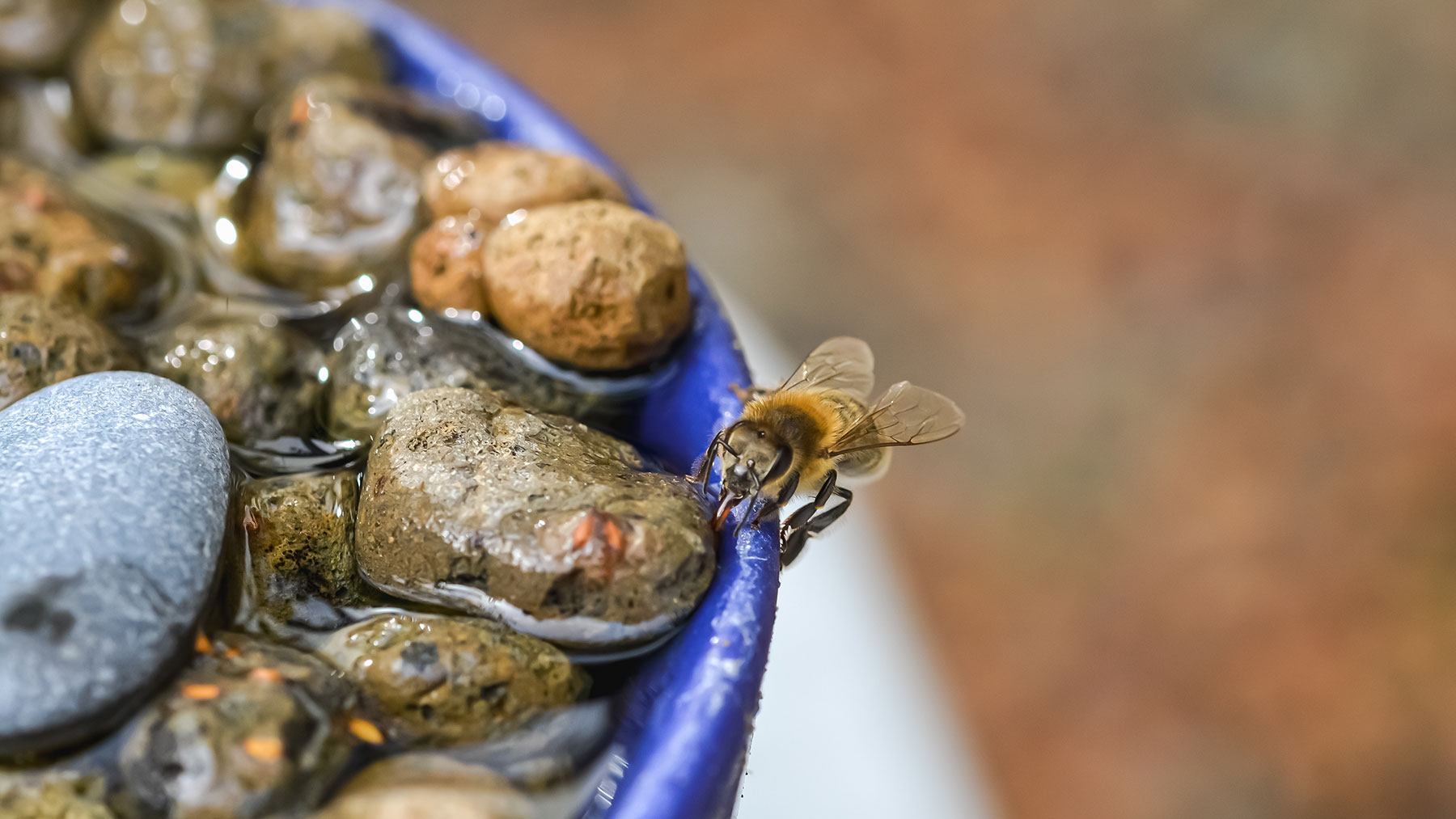
“Like all creatures,” says Enfield, “pollinators need water. Create shallow dishes or birdbaths with rocks or floating cork pieces for bees to land on and drink safely without drawing.”
In my garden, I’ve converted a compost bin lid into a bird bath, turning it upside down and balancing it on a few bricks and placing large cobbles inside. It’s visited by a large array of birds and insects that visit regularly for a drink.
7. Create shelter and nesting sites
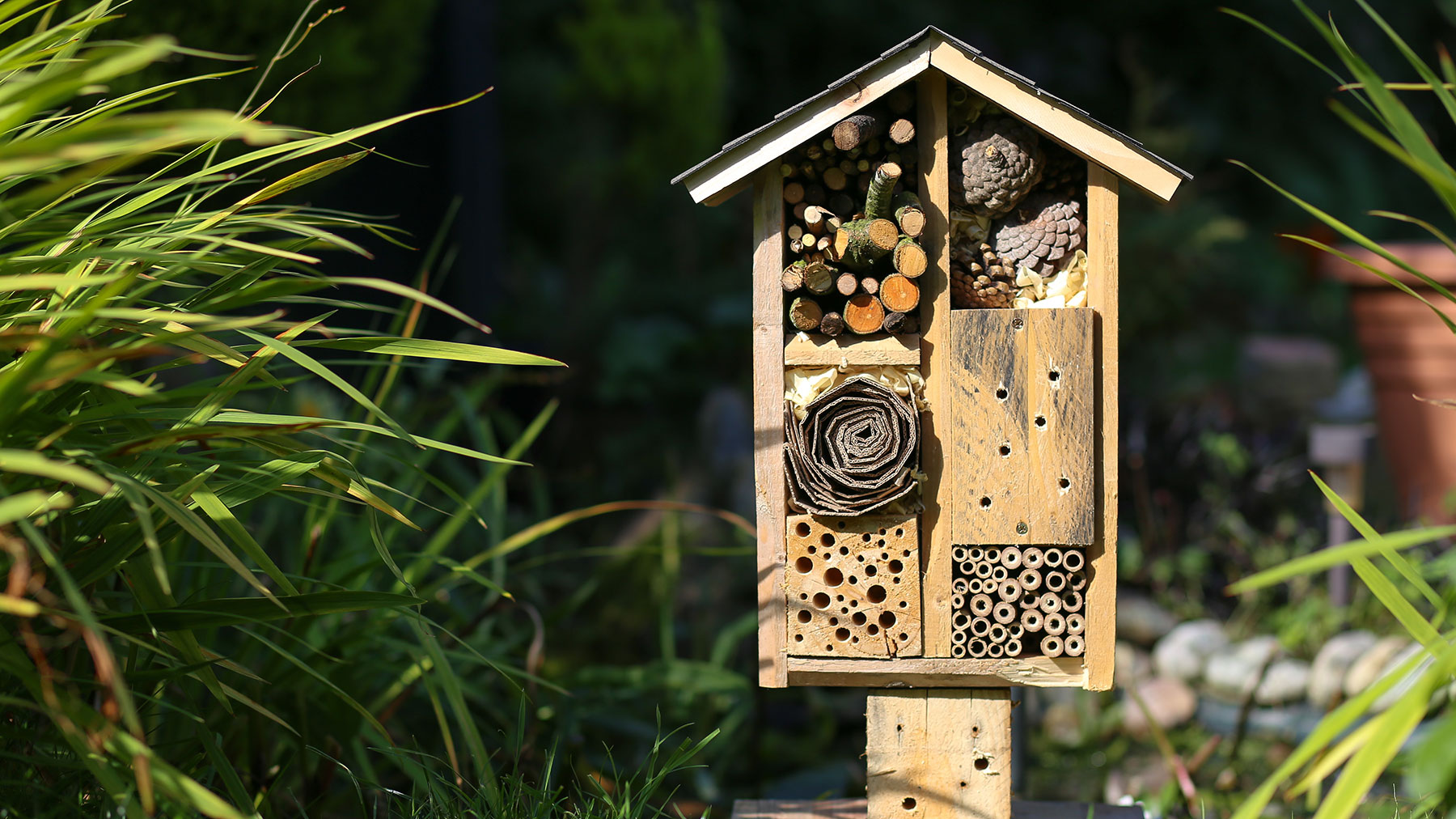
Apart from providing food for the pollinators, they also need nesting sites and places to shelter. Enfield suggests making safe spaces around the edges of your yard, including a few dead tree limbs, and, if possible, always ensure there is a clean water source. Bee houses or bee blocks are also a good idea, with Enfield suggesting one can be made by drilling various-sized holes into a block of preservative-free wood.
Protect the pollinators: Use pesticides cautiously and correctly
While Enfield doesn’t deny that control products have their place in garden maintenance, she says, “When used improperly, they can have a serious impact on the pollinator population.” Therefore, to reduce the risks, she suggests the following.
1. Let native predators help you manage your problem
2. Always read and follow the package directions, including application amount and timing
3. Choose the right type of product for your pest problem
4. Keep control products away from water and sensitive habitats
“By integrating these pollinator-friendly plants and practices into your green spaces, you’ll foster a thriving ecosystem that supports a widely diverse range of pollinators and brings vibrancy to your garden,” she concludes.
More from Tom's Guide

Camilla is the Homes Staff Writer and covers everything to do with homes and gardens. She has a wealth of editorial experience, mounting over 30 years, and covers news and features, tests products for reviews and compiles buying guides.
Her work has appeared in business and consumer titles, including Ideal Home, Real Homes, House Beautiful, Homebuilding & Renovation, and Kitchen & Bathroom Business. She’s even appeared on the cover of Your Home, writing about her own house renovation.
Although she’s obsessed with decorating her home, she also enjoys baking and trying out the latest kitchen appliances. But when she’s not inside, you’ll find her pottering about in her yard, tending to her vegetable patch or taking in her prized hydrangeas.
 Club Benefits
Club Benefits





